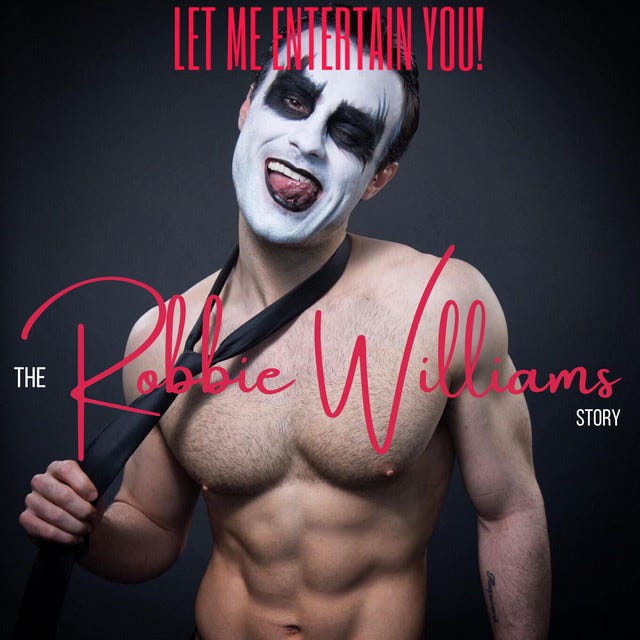The wine drinker is not a "consumer". She's your mum
If you use the word "consumer" you are brain-dead with ghastliness. I spurn you with my toe.
He’s your dad. Or son. Or partner. She’s your best friend. Or sister. Or cousin.
The sharp-eyed marketers will notice a riff on a famous quote from the late, great marketer David Ogilvy.
The customer is not a moron. She's your wife
Those were the days when marketers treated their (mostly female) target markets as idiots. Today too many marketers treat their (male and female) audiences as passive automata. They’re “consumers”. Because that’s what they do isn’t it? They “consume”.
Now, promise me (seriously) you’ll STOP saying “consumer”. Doing this will change you.
You’re wondering why. Surely, that’s what they are. It’s a catch all-term for people who buy and consume our wine. The graphic on the left is a consumer. The picture on the right is a wine drinker.
That’s the problem. It’s a catch all. A generic term for generic beings who consume generically. You don’t sell to consumers… aged 28 to 35, socio-economic group ABC1. The people who enjoy your wine are shoppers. Or diners. Or (10% of them) are giving it away as a gift.
By avoiding the term “consumers” it makes you think about what people are doing when they’re engaging with your wine at a particular time. They’re shopping. Eating. Giving it away. Sharing.
But sometimes it’s true, we need a broad term. And here I’m going to take a lesson from the team at Paddle, a marketing and communications agency in London. According to Paddle, you don’t have consumers. You have an audience.
Because “everybody is in the entertainment business now”. But not everybody knows it yet.
Here we’re not creating a sense of a passive group of “consumers”, but of an audience waiting to be entertained. You and the wine brands you’re marketing, need to capture the audience’s interest. To maintain it. To make people laugh and pay attention. Because if you don’t they won’t just sit there and consume. They’ll walk out. You have to entertain them.
Selling to consumers is a passive process. Marketing to audiences is an active process.
I have some insight here. For five years I made a TV show - The Wine Show. If we’d made a show targeted at “consumers” we’d have worked out who watches wine television programmes (almost nobody) and told them facts and shown soil types and discussed prices and “quality-price ratios”. And nobody would have watched it. What we tried to do - and I think mostly succeeded - was to entertain people. And talk about how people use wine, and how they’ve used it for thousands of years. And showed people enjoying it with their friends. We sold the programme to 110 countries and it’s been watched by around 100 million people. I live in Sweden and it’s on Swedish TV four days a week.
Market orientation is something that we need to work on all the time. It’s not one-and-done. It’s a constant process. Not least because of the so-called “enemies of orientation”.
The Enemies of Orientation
The first enemy of orientation is the structure of businesses. Those with the most power in an organisation are those furthest from the consumer… sorry, the audience.
Those who interact with the people who buy and drink your wine the most, are often those who have the least power in an organisation.
Your job as a marketer is to make sure that the messages from the market, picked up by those closest to the customer, are captured, and broadcast to those with structural power who sit furthest away from the customer.
A few years ago I remember travelling across Argentina on an overnight bus. The next day I met Jose Alberto Zuccardi – one of the country’s most successful wine makers. He explained that he also regularly took the bus. I was slightly bemused as to why.
Keep reading with a 7-day free trial
Subscribe to Joe Fattorini's Substack to keep reading this post and get 7 days of free access to the full post archives.







